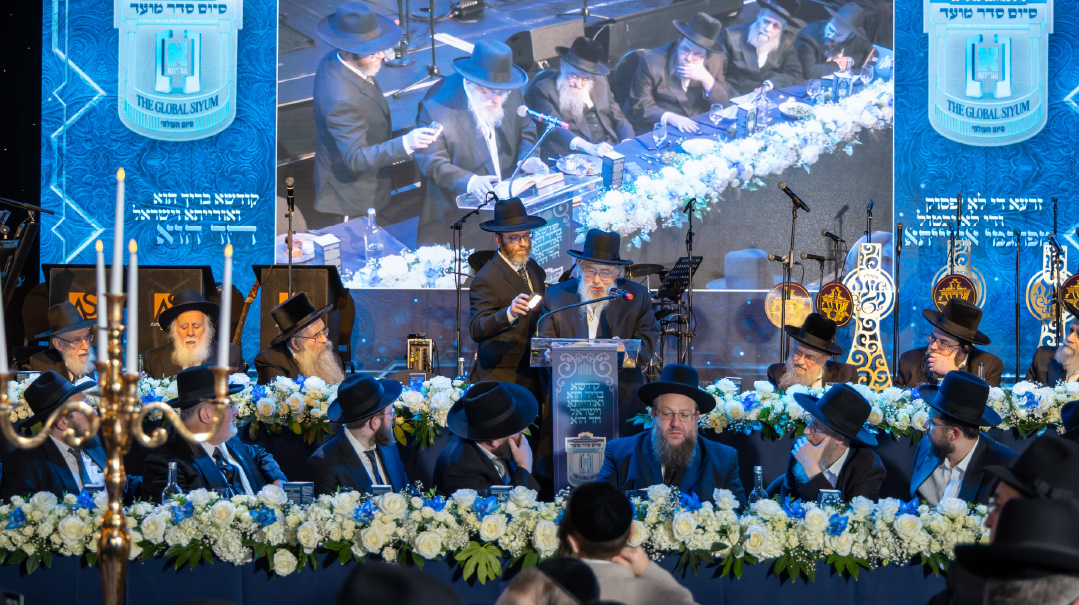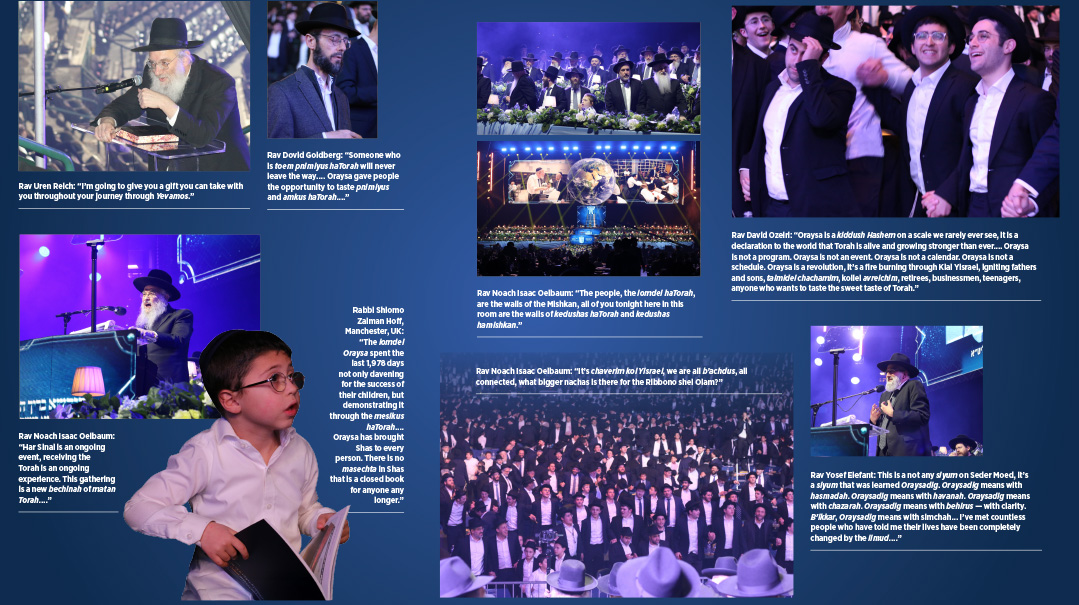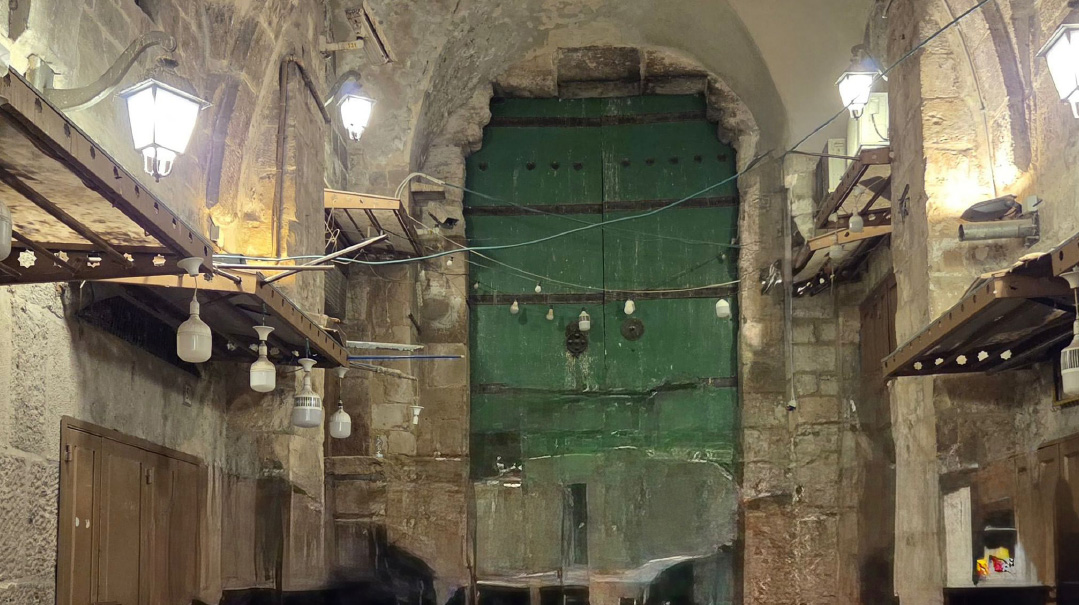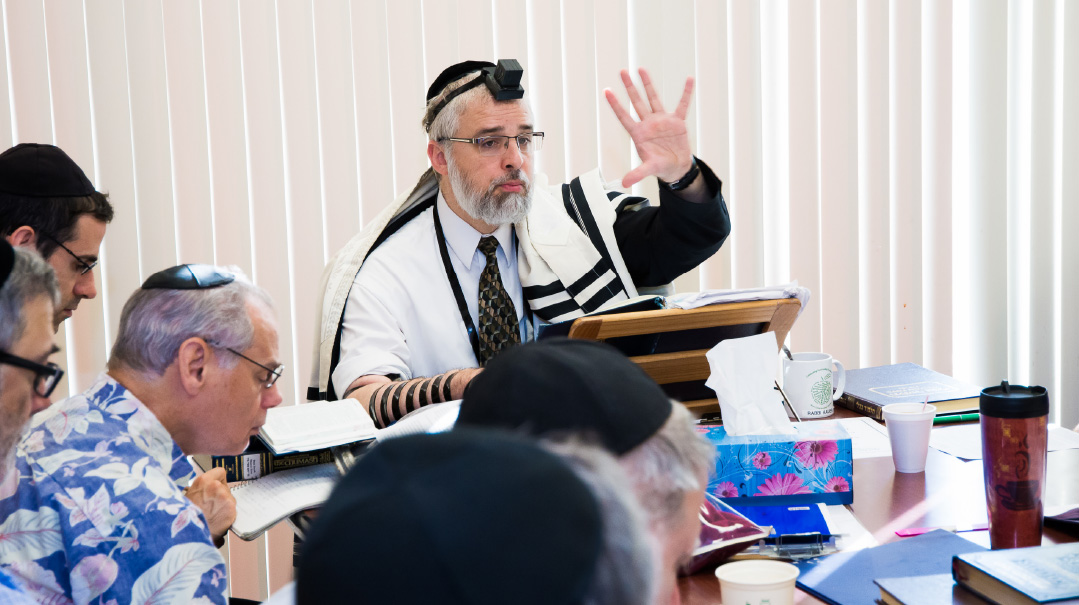The Moment: Issue 1053
| March 11, 2025“Nissim ketanim yihiyu poh — “There will be small miracles here”
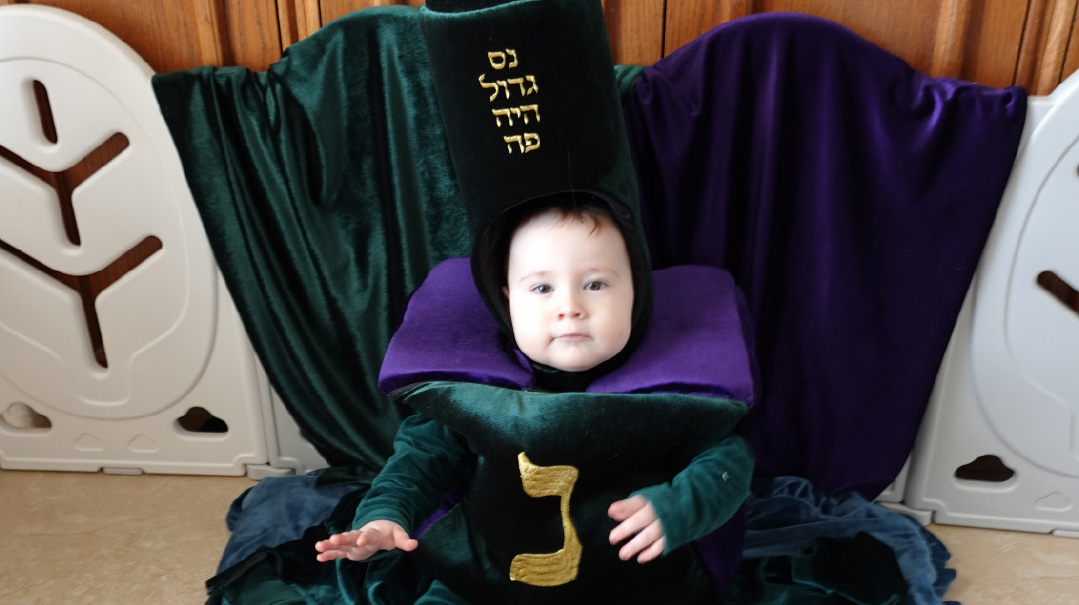
Living Higher
Last year on Rosh Chodesh Adar II, the entire Torah world celebrated the birth of a healthy baby boy born to Rav Tzvi and Rebbetzin Rochel Kushelevsky. The baby was the 88-year-old Rosh Yeshivah’s first child, born after decades of unceasing tefillah and hope.
In an interview with Mishpacha after the baby’s birth, the Rosh Yeshivah gratefully tied in the baby’s birth with a Purim theme. “Hashem’s ‘miracle bank’ is infinite,” Rav Tzvi declared. “There is no yiush, no despair in the world at all! We say on Purim, ‘L’hodia shekol kovecha lo yeivoshu v’lo yikalmu lanetzach kol hachosim Bach — to make known that all who place hope in You shall not be put to shame, nor shall all those who put their trust in you be disgraced….’ ”
For a full year, the Rav and Rebbetzin have been sharing with Klal Yisrael the open neis that they experienced, spreading the message of Hashem’s infinite goodness around the globe. Through speeches, interviews, and a book titled Miracle Baby: 88 Years Old... He Never Lost Hope — Rav Zvi Kushelevsky’s Story of Tefillah, Emunah, and Miracles authored by the Rav’s close talmid, Rabbi Yehoshua Frankenhuis, the Kushelevskys cataloged and celebrated their story of faith.
The family celebrated Eliyahu’s first birthday on Rosh Chodesh Adar, and after a full year of pirsumei nisa, the Rebbetzin put in a custom order for a costume for their little boy: A pint-sized dreidel, embroidered with the words “Neis Gadol Hayah Poh.”
On Purim (which, in Yerushalayim, will be Thursday night and Motzaei Shabbos), the Rosh Yeshivah will speak to groups of couples contending with infertility, or, as he describes them, “soon-to-be parents.” Purim, as a very child-centric Yom Tov, is particularly difficult for these families, and the Rosh Yeshivah deems it critical to deliver divrei chizuk at this time. His son, Eliyahu, will accompany him, wearing his costume. All in attendance will receive divrei brachah and gifts inscribed with the words Nissim ketanim yihiyu poh — “There will be small miracles here.”
These miracles will be small — infant size in fact; but as Eliyahu's costume declares, these are the greatest of all.
Overheard
“There is no such thing as stam rabbanim.”
—Rav Yitzchok Zilberstein, speaking to the avreichim of Kollel Shaarei Halacha in Monsey led by Rav Baruch Webster
The avreichim came to Rav Zilberstein for a farher on parts of Yoreh Dei’ah, and he was discussing the halachos of kadimah for a dayan and whether he receives preferential treatment when he is answering sh’eilos. When asked if the same din would apply to a regular rav, this was his emphatic reply.
The Lens
The Israeli kiruv organization Lev L’achim arranged a chavrusa between an avreich and a young Israeli boy from an irreligious home. After they finished learning the relatively short masechta of Mishnayos Succah together, the avreich prepared to splurge on a siyum in a restaurant. But the boy asked for something else. He wanted to have a siyum with one of the gedolei hador.
Lev L’achim arranged a siyum at the home of Rav Berel Povarsky, the rosh yeshivah of Ponevezh, and the boy, accompanied by his father, chavrusa, and the head of his learning program, received a warm welcome.
The Rosh Yeshivah warmly blessed the boy and told him: “At the end of Maseches Succah, we learn about a young girl whose entire mishmar was punished because of something improper she did. You, however, are doing so many good deeds — imagine the positive influence you are having on your family.”
Two days later, the regional coordinator of Lev L’achim received a phone call from the boy’s mother. “Until now, I was opposed to sending my son to a Torani school or a yeshivah ketanah,” she said. “But after seeing the footage from the Rosh Yeshivah’s home and the warmth and love he showered on my son, I realized that if this is what gedolei Torah look like, then I want my son to learn only in a holy yeshivah, so that he can grow into someone like this extraordinary rosh yeshivah.
A Collective Cry for Action
Endless ink has spilled over the past two decades, and a million discussions have been held, all to address a crisis that has only been stubbornly mounting over that time. Thousands of girls and their families are suffering, and they did what Klal Yisrael has done throughout our history: They turned to the spiritual leaders of the generation.
The rabbanim took the cry with grim severity and advanced a series of valiant efforts, some meeting relative success, others never getting off the ground. But even when progress was made, it lagged far behind the rapidly inflating problem.
This time, with a collective cry of “Dayeinu!” the rabbanim have declared that this can’t continue. Over the past several months, momentum has gathered as they began implementing their proposal to stem the “Age Gap” — the accepted theory as to what is spurring the shidduch crisis. At a meeting last week, a core group of rabbanim at the forefront of this movement gathered to share their convictions. This meeting came in advance of a planned asifah that will see thousands of rabbanim, shadchanim, school principals, and other figures of influence.
Their vision will be outlined in an article to be featured in an upcoming edition of Mishpacha. The following are quotes from addresses delivered at the gathering.
The pasuk in Shemos says that Moshe Rabbeinu was sar liros — he turned to see. The Midrash comments, “Sar v’zaaf b’tzarasam shel Yisrael — he was pained and distraught by the pain of Klal Yisrael.”
To be a manhig, you have to see the tzaar of Klal Yisrael.
—Rav Malkiel Kotler
As rabbanim in your kehillos, I’m sure everyone feels the achrayus to the kehillah that if there’s something to do it must be done… If everyone of us feels b’lev ub’nefesh that this is our achrayus, we will have hatzlachah.
—Rav Henoch Shachar
They say that a gutte kashe iz a halbe terutz — a good question is half the answer. When we understand the kashe, we can see that even though these teirutzim are bold and uncomfortable, it is something we need to do.
—Rav Dov Kahn
When the Chofetz Chaim established the Vaad Hayeshivos, he wanted all of Klal Yisrael to donate money twice a year. If you look at his letter, you will see that this wasn’t for financial purposes. He wanted it to be a mitzvah of the rabim. When a mitzvah is done by the rabim, it transforms the entire mitzvah.
In the merit of us doing this as a rabim we will see tremendous siyata diShmaya.
—Rav Elya Chaim Swerdloff
The chances of success are 85 percent or 90 percent... and the reason is that the community will support it. The community will demand it. This is not something that’s being forced on people. This is something that’s being responsive to the tzarah that people feel. And we can’t underestimate the power and influence of thousands of people who are suffering such unspeakable agony.
—Rav Binyomin Cohen
There were several attempts to arrange this meeting. I think it was b’hashgachah that it was after parshas Shekalim. The Midrash tells us that when Moshe Rabbeinu delivered parshas Shekalim to Klal Yisrael, Hashem told him, “Just as now you are teaching them Shekalim and lifting their heads, so too, each year, when they read parshas Shekalim, you will lift their heads.”
We must lift our heads with gevurah! We must lift our heads in recognition of Hashem’s middos: Mah Hu rachum, af atah yehei rachum — Just as He is merciful, we must be merciful.
—Rav Shlomo Feivel Schustal
When Moshe Rabbeinu went out and saw his brothers working, Rashi says he was “nassan einav v’libo liheyos meitzar aleihem — he placed his eyes and his heart to join in their pain.” The question that is asked is — how does that help? If we’re in trouble, we need eitzos! We need pikchus! How does it help us if someone feels our tzaar?
The answer is that so long as it’s an abstract discussion, it will just go back and forth with no concrete conclusion. But if it’s your hartz — then there is no time for debate. We have to do something to help the tzarah of Klal Yisrael.
We don’t know if this is the best plan, we don’t know if it’s the only plan. But we did what Klal Yisrael has always done. We have asked the einei ha’eidah, and that’s where siyata d’Shmaya comes from.
—Rav Uri Deutsch
(Originally featured in Mishpacha, Issue 1053)
Oops! We could not locate your form.

